Sertofen Injection Solution
Sertofen is used in the treatment of mild to moderate pain such as such as muscular pain, painful menstrual periods (dysmenorrhea) & toothache.
| Dosage form | |
|---|---|
| Pack size | |
| Potency | 50 Mg/2Ml 6X2Ml |
| Manufacturer | |
| Origin | |
| Generic Name (Ingredient) | Each 2 Ml Ampoule Contains 73.8 Mg Dexketoprofen Trometamol Equivalent To 50 Mg Dexketoprofen. |
Assuming your emergency circumstances for this product, visit Urgent Quotation page. Besides, for any pharmaceutical questions, please ask us in the comments section.
Description
Generic Name
Dosage Form
Composition
Drugs
Propionic acid salt, which refers to non-steroidal anti-inflammatory drugs – reduces inflammation, has analgesic and antipyretic effects.
Sertofen Pharmacodynamics
As a result of the action of Sertofen, the formation of prostaglandins, thromboxanes and prostacyclin is inhibited. Reducing the amount of these inflammatory mediators contributes to the inhibition of others – kinins.
Dexketoprofen trometamol has an analgesic effect by inhibiting the activity of COX 1 and COX 2. The analgesic ability of the substance was studied at varying degrees of severity of pain during operations, colic in the kidneys and acute pain in the lower back. With the introduction of 1 ampoule of the drug after 45 minutes, the peak concentration was reached and the duration of the effect lasted up to eight hours. The use of Sertofen in conjunction with the intake of opiates can significantly reduce their dose in the postoperative period.
Pharmacokinetics
After the / m introduction of 1 ampoule, the maximum concentration of the drug in the blood is reached on average from 10 to 45 minutes. It has been proven that the drug does not have a cumulative effect. The half-life is 1–2.7 hours. Dexketoprofen trometamol is excreted from the body mainly with the help of the kidneys.
Indications for use
Pain of varying intensity mainly in the postoperative period, with renal colic and pathologies in the lumbar region.
Usage
Adults: the recommended dose is 50 mg, not earlier than 6 hours it is possible to re-administer the drug. The daily dose should not exceed 150 mg. The drug is intended only for short-term use (no more than 2 days). Next, the transition to oral painkillers is recommended.
Elderly patients with mild kidney disorders should not exceed the daily dose of more than 50 mg. The same dose should be adhered to with liver pathology with mild and moderate severity.
With intravenous infusion, the contents of the ampoule should be mixed with 30-100 ml of 0.9% sodium chloride solution or glucose solution. The duration of administration should be 10-30 minutes. With this dilution of the drug in the amount of 100 ml, it can be mixed with dopamine, heparin, hydroxyzine, lidocaine, morphine, petidine and theophylline.
An undiluted drug (1 ampoule) can be administered intravenously for 15 seconds. In the syringe, you can mix with heparin, lidocaine, morphine and theophylline.
For single use only. After the solution is collected from the ampoule, it should be immediately administered. The solution prepared for infusion should be used immediately after preparation. It is also possible to store it for no more than 24 hours at a temperature of not more than 25 degrees Celsius in a dark place.
Be sure before the introduction it is necessary to make sure of the transparency and colorlessness of the solution, as well as the absence of mechanical inclusions in it.
Side effects
Side effects when taking the drug:
- anemia,
- anaphylactic reactions,
- hypo- and hyperglycemia,
- anorexia
- sleep disorders,
- loss of consciousness,
- headache
- visual impairment,
- tinnitus,
- extrasystole,
- tachycardia
- hypo- and hypertension,
- bronchospasm,
- bradypnea,
- nausea and vomiting,
- abdominal pain,
- stool disorders,
- bleeding
- peptic ulcer disease,
- pancreatitis,
- jaundice
- dermatitis
- urticaria,
- acne
- rash
- angioedema,
- muscle cramps,
- back pain and muscle stiffness,
- jade
- nephrotic syndrome,
- colic
- polyuria, ketonuria and proteinuria,
- menstrual dysfunction,
- local disturbances at the injection site and general symptoms of malaise,
- deviations in renal tests.
Taking the drug can contribute to the development of peptic ulcer disease and bleeding of the gastrointestinal tract. Edema and heart failure, aseptic meningitis, bullous reactions and an increased risk of myocardial infarction and stroke may also occur.
Contraindications
- Individual intolerance to any of the components of the drug and other NSAIDs.
- When other NSAIDs cause asthma, bronchospasm, urticaria, angioedema, acute rhinitis, the development of nasal polyps.
- Peptic ulcer disease in the acute stage, bleeding in the anamnesis or suspicion of them.
- Gastrointestinal bleeding.
- Crohn’s disease.
- Ulcerative colitis.
- Bronchial asthma.
- Severe heart failure.
- Renal and hepatic insufficiency of moderate and severe degree.
- Bleeding disorders.
- For the purpose of neuroaxial anesthesia.
Pregnancy
It is contraindicated to use the drug in the III trimester of pregnancy and during lactation.
Drug Interactions
Simultaneous reception is not recommended:
NSAIDs – bleeding and opening of ulcers in the gastrointestinal tract are possible.
Anticoagulants – the effect of anticoagulants is enhanced (simultaneous administration is possible only under the supervision of a doctor).
Heparin – possible risk of bleeding.
Corticosteroids – there may be a risk of ulcers and bleeding in the gastrointestinal tract.
Lithium – intoxication with this element due to reduced excretion of it by the kidneys.
Methotrexate – at high doses, its negative effect on the circulatory system increases.
Sulfonamides – an increase in their toxic effect on the body.
With caution should be taken together with the following means:
diuretics, ACE inhibitors, angiotensin 2 receptor antagonists – their effectiveness decreases, dehydration is also possible,
methotrexate – at small doses – has a negative effect on the circulatory system,
pentoxifylline – the risk of bleeding,
zidovudine is a risk of anemia. It is necessary to monitor blood counts,
sulfonylurea preparations – increased hypoglycemic action.
The following simultaneous reception interactions are possible:
beta-blockers – reduces the antihypertensive effect,
cyclosporine, tacrolimus – increases the toxic effect on the kidneys
thrombolytics – the risk of bleeding,
antiplatelet agents – the risk of bleeding,
probenecid – increases the concentration of dexketoprofen in the blood,
glycosides – their concentration in the blood plasma increases,
mifepristone – a decrease in its pharmacological action,
quinolone – increases the risk of seizures.
Overdose
Not studied.
Similar drugs can cause nausea and vomiting and stomach pain, pain in the head, blurred consciousness and a tendency to sleep.
In such cases, symptomatic therapy of the caused condition should be used.
Dosage form
Transparent solution for injection of 2 ml in an ampoule.
The package contains 5 ampoules.
Storage conditions
Store for 3 years from the date of manufacture, subject to a temperature regime of up to 25 degrees Celsius.
Keep out of reach of children.
Store in a dark place.
Producer:
PharmaVision San. ve Tic
Use the form below to report an error
Please answer the questions as thoroughly and accurately as possible. Your answers will help us better understand what kind of mistakes happen, why and where they happen, and in the end the purpose is to build a better archive to guide researchers and professionals around the world.
The information on this page is not intended to be a substitute for professional medical advice, diagnosis, or treatment. always seek the advice for your physician or another qualified health provider with any questions you may have regarding a medical condition. Always remember to
- Ask your own doctor for medical advice.
- Names, brands, and dosage may differ between countries.
- When not feeling well, or experiencing side effects always contact your own doctor.
Cyberchondria
The truth is that when we’re sick, or worried about getting sick, the internet won’t help.
According to Wikipedia, cyberchondria is a mental disorder consisting in the desire to independently make a diagnosis based on the symptoms of diseases described on Internet sites.
Why you can't look for symptoms on the Internet
If diagnoses could be made simply from a textbook or an article on a website, we would all be doctors and treat ourselves. Nothing can replace the experience and knowledge of specially trained people. As in any field, in medicine there are unscrupulous specialists, differences of opinion, inaccurate diagnoses and incorrect test results.


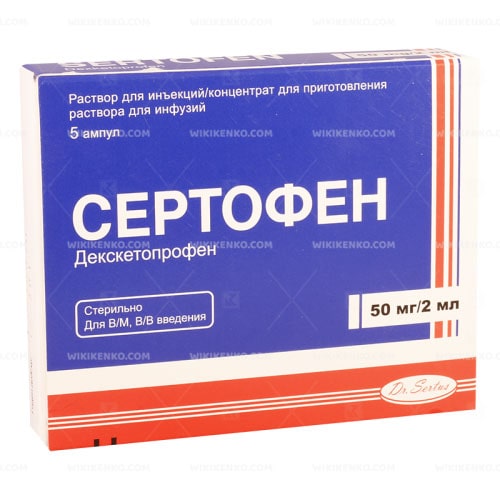
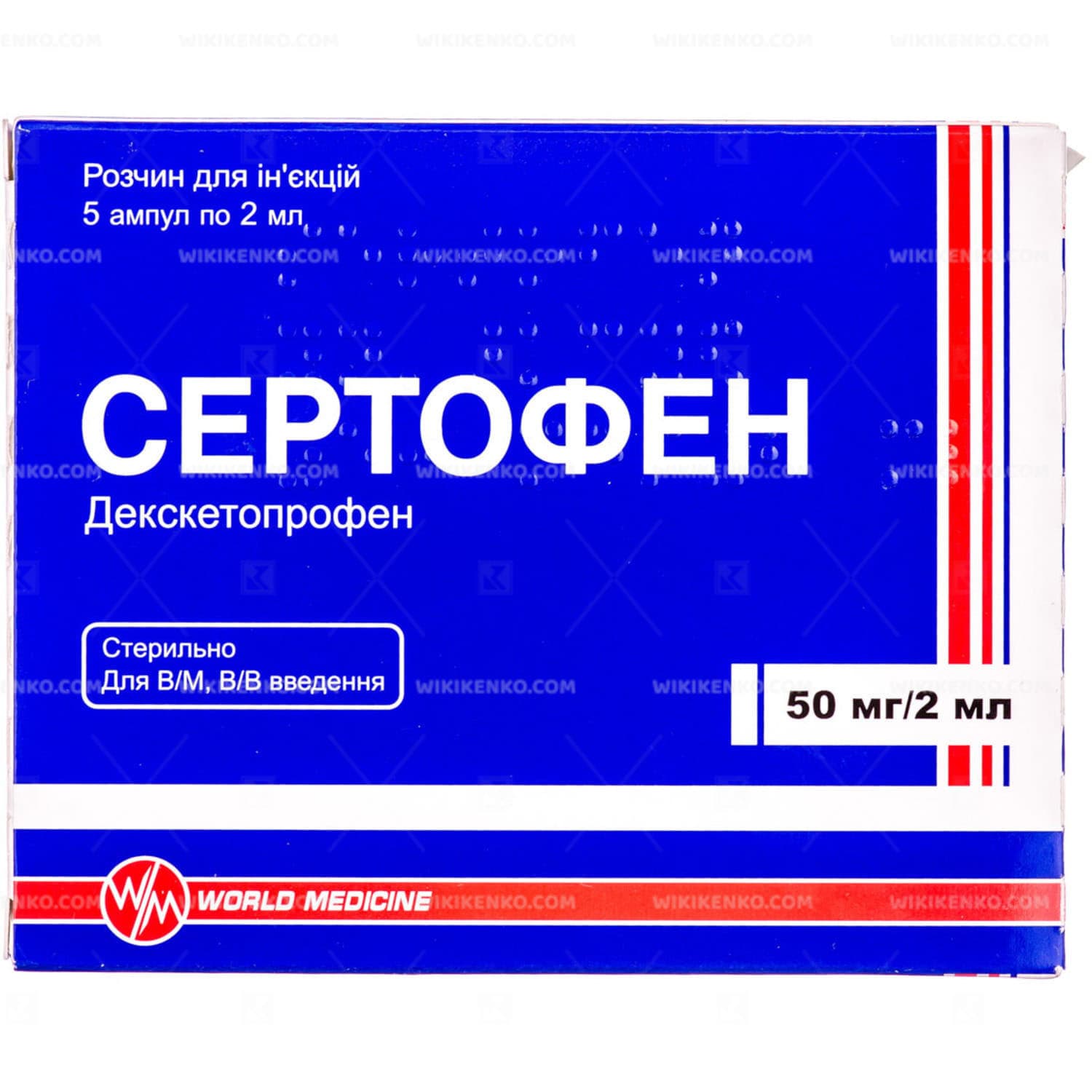
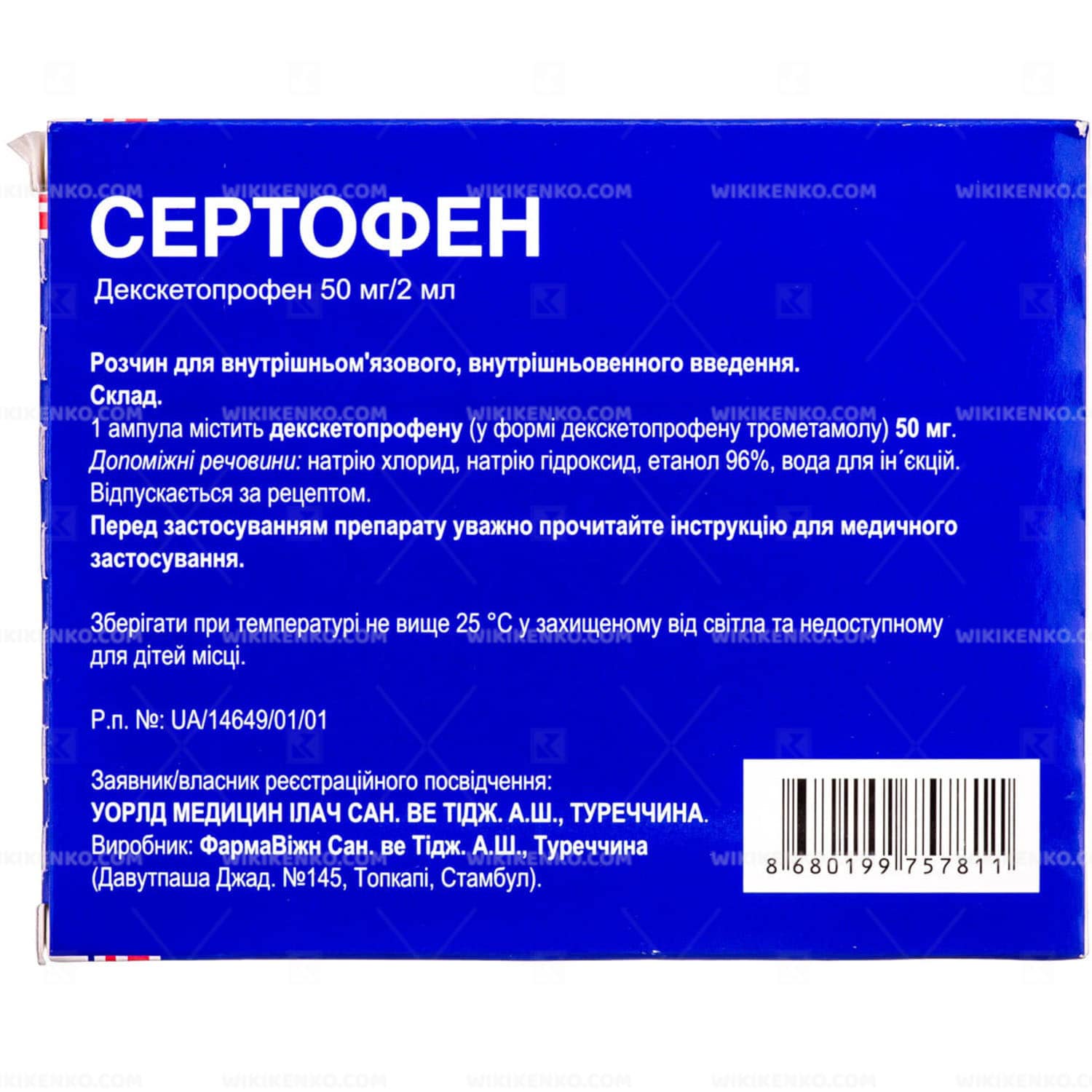
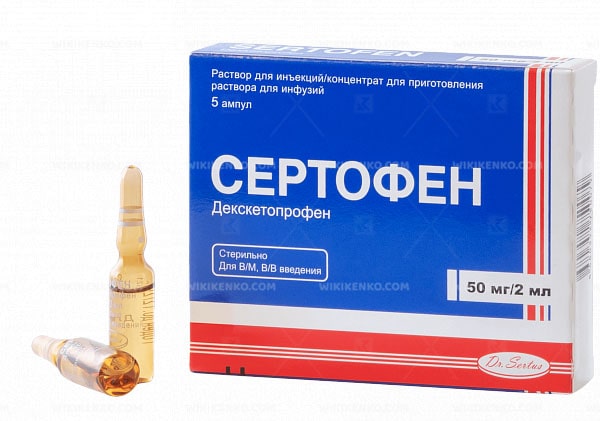
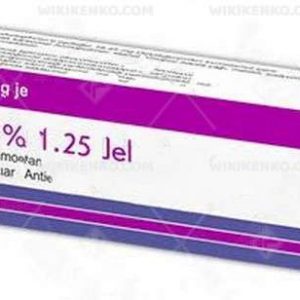
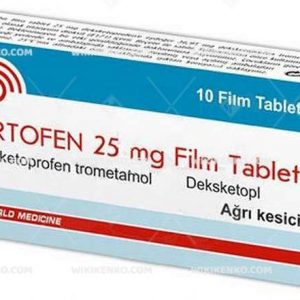

Reviews
There are no reviews yet.